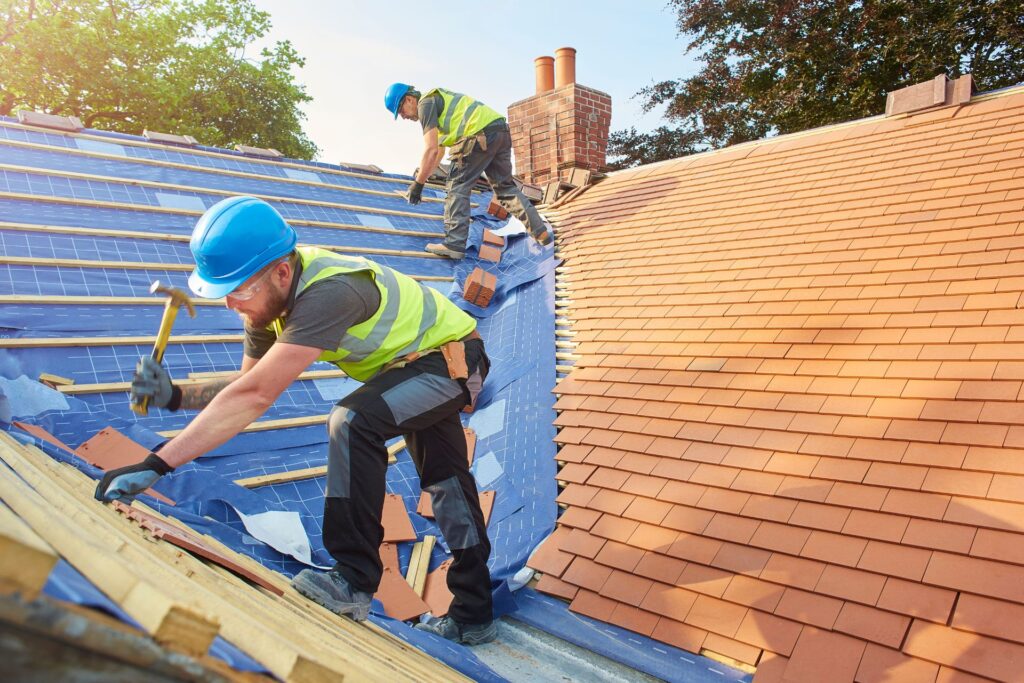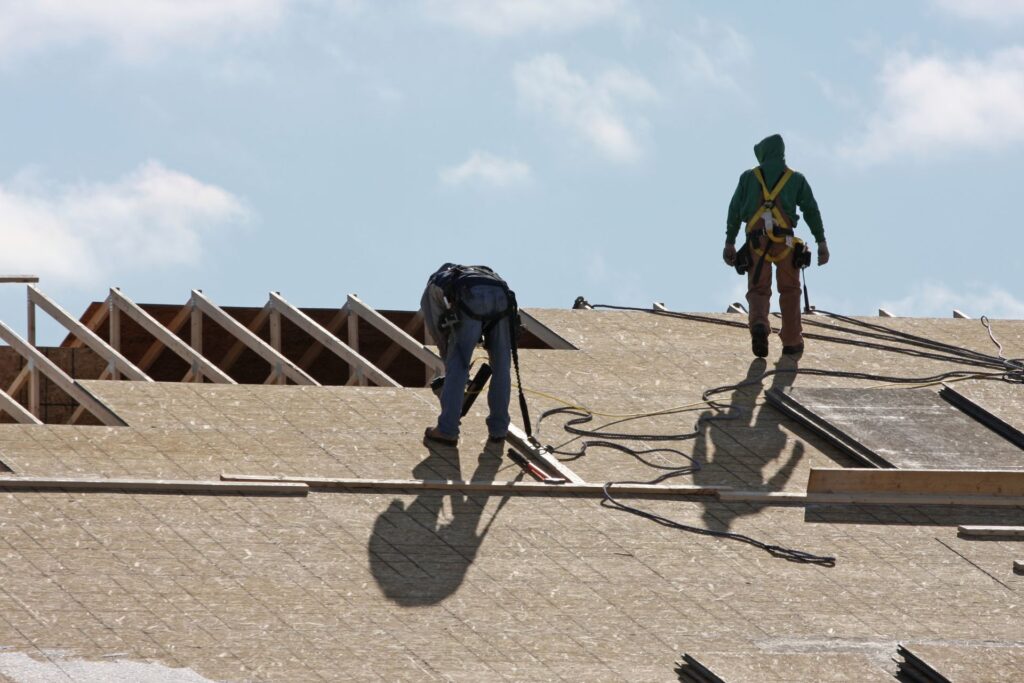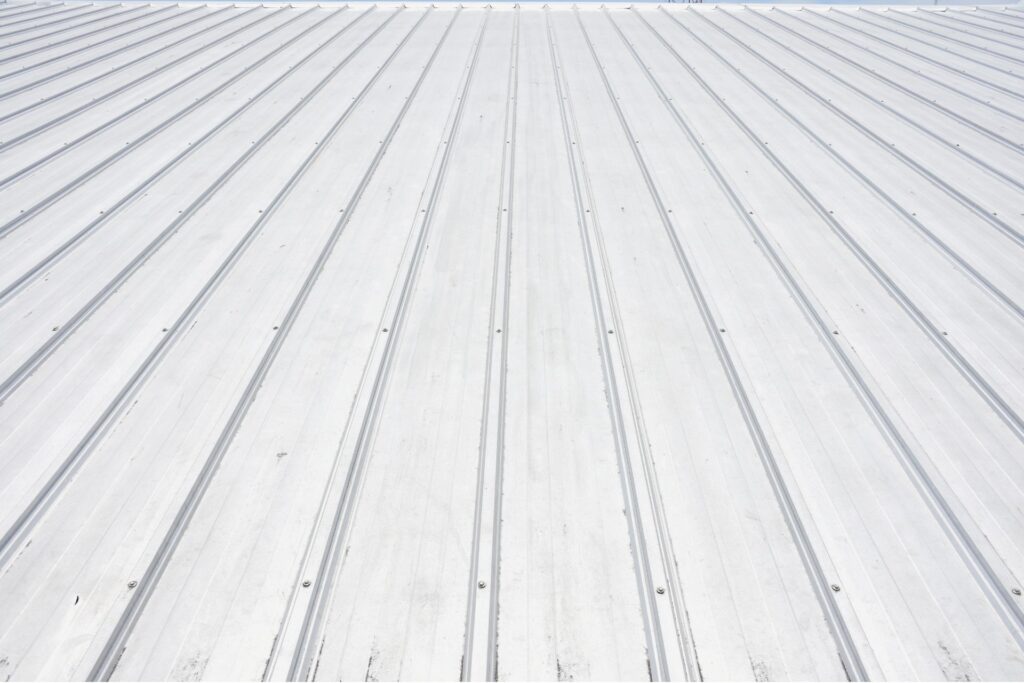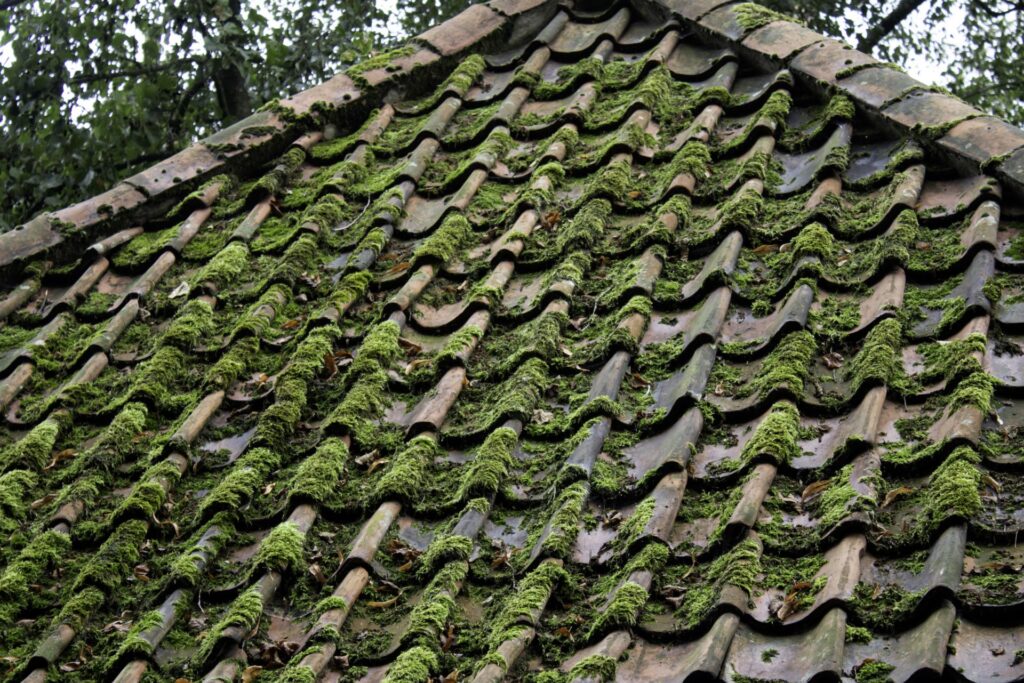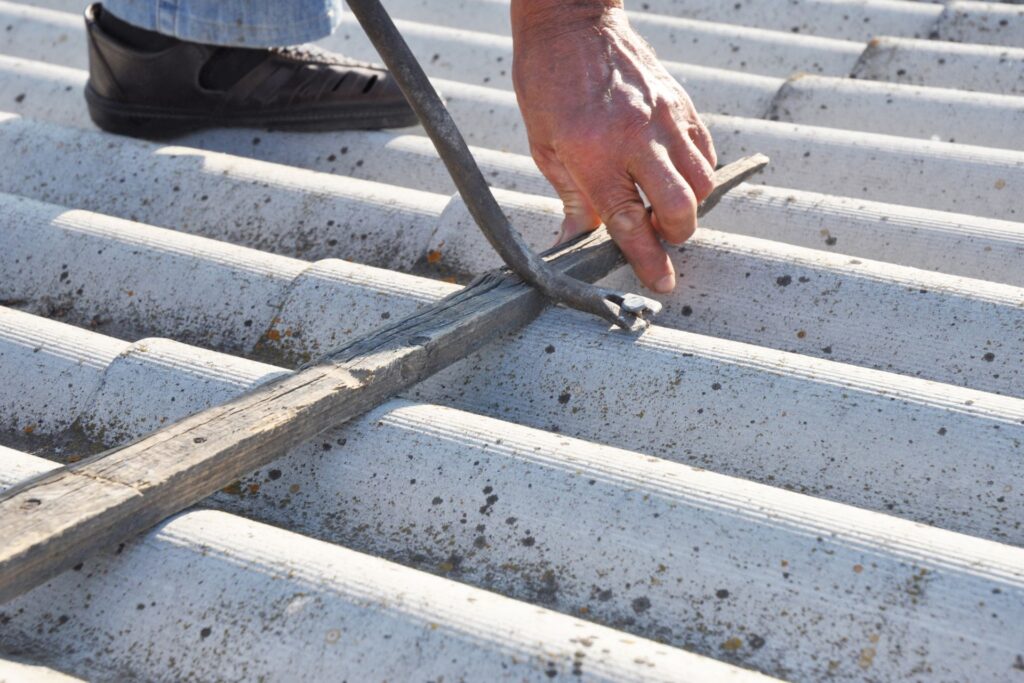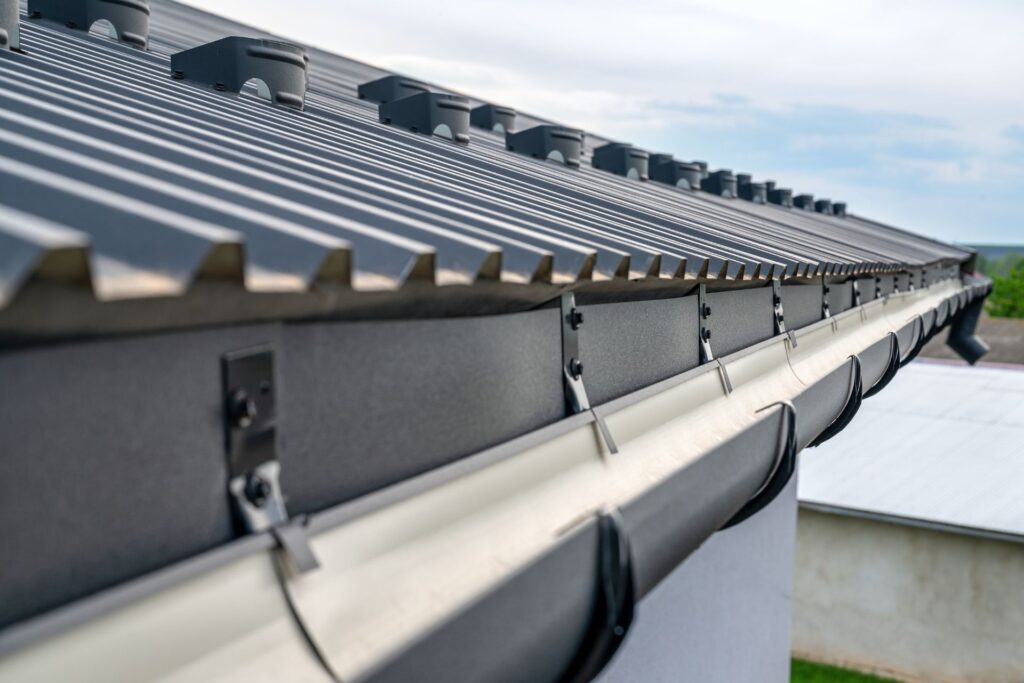Ultimate Guide To Roof Types NZ
Welcome to your ultimate guide on navigating the diverse world of roof types in New Zealand. Understanding the right roofing option is crucial in a place known for its varied climates and stunning landscapes. From the rugged coastlines of the North Island to the alpine regions of the South Island, each area presents unique challenges and opportunities when it comes to selecting a roof that not only complements your home aesthetically but also stands up to the local weather conditions. This guide aims to shed light on the different roofing materials and styles available in NZ, helping you make an informed decision that aligns with your needs, preferences, and the specific demands of your locale. Whether you’re building a new home, renovating an existing one, or simply curious about the latest trends in roofing, you’ll find valuable insights and tips here to guide your journey.
In New Zealand, selecting the right roof type is essential due to the country’s diverse climate and unique architectural styles. Popular options include metal roofing for its durability and versatility, concrete and clay tiles are known for their longevity and aesthetic appeal, and eco-friendly choices like solar tiles and green roofs. Factors such as local weather conditions, maintenance requirements, and budget play a crucial role in determining the best fit for your home. Whether you’re in coastal areas facing salt-laden winds or alpine regions with heavy snowfall, there’s a roofing solution tailored to your needs. Ensure your choice enhances your home’s functionality and style, standing up to NZ’s dynamic environment.
Understanding The Basics Of Roofing In New Zealand
New Zealand, with its picturesque landscapes and diverse climates, presents a unique set of challenges and considerations when it comes to roofing. This comprehensive guide delves into the essentials of roofing in New Zealand, focusing on critical aspects such as weather conditions, materials, architectural styles, and a primer on roofing terminology. We aim to equip homeowners, builders, and enthusiasts with the knowledge they need to make informed decisions about their roofing projects.
Weather Conditions and Roofing in New Zealand
The New Zealand climate varies from the subtropical north to the temperate south, with areas experiencing high rainfall, strong winds, and, in certain regions, snowfall. These conditions necessitate careful consideration of roofing materials and designs. High rainfall areas require roofing solutions that offer excellent water resistance and efficient drainage systems to prevent leaks and water damage. In windy locales, roofing materials must be robust enough to withstand gusts without lifting or damage. Meanwhile, in snow-prone areas, the structural integrity of the roof must support snow weight without compromising its form or function.
Choosing the Right Roofing Materials
The choice of roofing materials in New Zealand is influenced by weather conditions, architectural style, and personal preferences. Here are some popular options:
Metal Roofing: Highly durable and resistant to extreme weather conditions, metal roofing is a favorite for its longevity and low maintenance. It’s suitable for a range of architectural styles, from modern to traditional.
Concrete and Clay Tiles: Offering excellent durability and aesthetic appeal, these tiles are ideal for a variety of styles, including Mediterranean and colonial. They also provide good insulation properties, enhancing energy efficiency.
Asphalt Shingles: Popular for their cost-effectiveness and versatility, asphalt shingles come in various colors and styles. They are suited to a wide range of architectural designs and provide a good balance of durability and aesthetics.
Wooden Shingles or Shakes: For those seeking a natural look, wooden shingles or shakes offer an attractive appearance that ages gracefully. However, they require more maintenance than other materials and are best suited to specific architectural styles that complement their rustic charm.
Understanding Roofing Terminology
To navigate the world of roofing effectively, it’s essential to grasp some basic terminology:
Pitch: This refers to the slope of the roof, which is crucial for drainage and aesthetic purposes. It’s expressed as a ratio of the vertical rise to the horizontal span (e.g., 4:12).
Insulation: Vital for maintaining indoor temperatures and reducing energy costs, insulation is a layer of material that prevents heat transfer between the interior and exterior of a home.
Underlayment: A barrier is installed between the roof deck and the outer roofing material, providing additional protection from water intrusion.
Flashing: These are materials, typically metal, used to seal and protect joints in the roof where water penetration is likely, such as around chimneys, vents, and valleys.
By understanding these basics of roofing in New Zealand, including the impact of weather conditions on material choice and architectural styles, as well as familiarizing yourself with common roofing terminology, you’ll be better equipped to plan and execute your roofing projects. Whether you’re renovating an existing home or building a new one, taking these considerations into account will ensure that your roof is not only aesthetically pleasing but also functional and durable, standing up to the unique challenges of the New Zealand climate.
Common Roof Types Found In New Zealand
New Zealand, with its diverse climate and architectural styles, offers a unique landscape for residential and commercial buildings. Among the various aspects that contribute to the distinct look and functionality of these buildings, roofing stands out as a crucial element. This section delves into the most common roof types found across New Zealand, each with its own set of characteristics, benefits, and considerations.
Metal Roofing
Metal roofing is a highly popular choice among New Zealanders, revered for its durability, lightweight nature, and versatility in style. This type of roofing material can withstand the harsh weather conditions frequently experienced across the country, from the heavy rainfalls to the strong UV rays during summer. Among the metal roofing options, corrugated iron and steel tiles are particularly common. Corrugated iron roofs, known for their wave-like pattern, offer a classic look that complements both traditional and modern architecture. Steel tiles, on the other hand, provide a more contemporary appearance, mimicking the look of traditional clay or concrete tiles but with the added benefits of metal.
Concrete and Clay Tiles
Concrete and clay tiles are esteemed for their aesthetic appeal and longevity. These materials not only add a timeless elegance to buildings but are also known for their durability, capable of lasting several decades with proper maintenance. Concrete tiles are particularly versatile, available in a wide range of colors and styles that can suit various architectural designs. Clay tiles, with their natural earthy tones, offer a distinct look that ages beautifully over time. However, it’s important to note that both concrete and clay tiles are heavier than metal roofing options and may require additional structural support. Regular maintenance is also necessary to prevent moss and lichen growth, which can affect their longevity and appearance.
Asphalt Shingles
Asphalt shingles have gained popularity in New Zealand for their affordability and ease of installation. This roofing option offers a balance between cost-effectiveness and aesthetic appeal, available in various colors and styles to match different architectural designs. However, while asphalt shingles provide a good level of durability, they may not last as long as some other roofing materials and can be more susceptible to wind uplift. Regular inspections and maintenance are recommended to ensure their longevity.
Slate Roofs
For those seeking a touch of luxury and timeless elegance, slate roofing is a premier choice. Known for its natural beauty, durability, and resistance to harsh weather conditions, slate offers an unparalleled aesthetic appeal that can enhance the value of any property. While slate roofs are among the most durable, lasting over a century if properly maintained, they also come with a higher price tag and require skilled installation.
Wooden Shingles and Shakes
Wooden shingles and shakes represent a traditional roofing choice that brings a natural, rustic charm to buildings. Made from split logs, wooden shakes offer a rougher, more textured appearance, while shingles provide a smoother look. Both options can significantly enhance the aesthetic appeal of a home or building, blending seamlessly with natural surroundings. However, it’s important to consider the climate when opting for wooden roofing; these materials require regular maintenance to prevent rot, insect damage, and weathering. Additionally, treatments may be needed to improve fire resistance.
In conclusion, New Zealand’s roofing landscape offers a variety of options to suit different preferences, architectural styles, and climate considerations. Whether opting for the durability and versatility of metal roofing, the elegance of concrete or clay tiles, the affordability of asphalt shingles, the luxury of slate, or the natural beauty of wooden shingles and shakes, homeowners and builders have a wealth of choices at their disposal. The key to selecting the right roofing material lies in considering the specific needs of the building, including aesthetic preferences, maintenance requirements, and weather resilience.
Innovative And Eco-Friendly Roof Types
In today’s environmentally conscious world, the shift towards sustainable living has never been more crucial. As homeowners and builders look for ways to reduce carbon footprints and enhance energy efficiency, the focus on innovative roofing options has significantly increased. Section 3 of our comprehensive guide delves into the realm of eco-friendly roof types that not only promise to transform your home aesthetically but also offer numerous environmental benefits. Let’s explore these game-changing options: Solar Roof Tiles, Green Roofs, and the use of Recycled Materials.
Solar Roof Tiles: Merging Efficiency with Aesthetics
Solar roof tiles stand at the forefront of eco-friendly roofing technology, revolutionizing the way we think about energy generation. Unlike traditional solar panels, solar tiles integrate seamlessly with your roof, offering a sleek and aesthetically pleasing look without compromising on functionality. These tiles are designed to capture sunlight and convert it into electricity, which can power your home, reducing reliance on conventional energy sources and significantly cutting down electricity bills. With advancements in technology, solar roof tiles have become more efficient and durable, making them an attractive option for homeowners seeking to combine energy efficiency with elegant design.
Green Roofs: Urban Oases Offering Insulation and Biodiversity
Green roofs, also known as living roofs, are another innovative roofing option that has gained popularity, especially in urban areas. These roofs are covered with vegetation, which provides natural insulation, reduces heat absorption, and lowers cooling costs during warmer months. The benefits of green roofs extend beyond just energy efficiency. They play a crucial role in enhancing biodiversity, creating habitats for various species, and improving air quality by filtering pollutants. Moreover, green roofs manage stormwater effectively, reducing runoff and alleviating pressure on urban sewage systems. For urban homeowners, green roofs offer a slice of nature, transforming rooftops into vibrant, living ecosystems that contribute positively to the environment and urban landscapes.
Recycled Materials: The Sustainable Choice Gaining Popularity in New Zealand
The use of recycled materials in roofing is a testament to the growing commitment to sustainability in the construction industry. In New Zealand, for instance, roofing options made from recycled materials have seen a surge in popularity. These sustainable roofing materials, including recycled plastic, rubber, and metal, offer durability and longevity, rivaling their conventional counterparts. Opting for roofs made from recycled materials not only reduces waste in landfills but also decreases the demand for new raw materials, minimizing environmental impact. Homeowners in New Zealand and beyond are increasingly recognizing the value of recycled roofing materials as a practical and eco-friendly choice, contributing to a greener planet.
As the world continues to embrace sustainable living practices, innovative and eco-friendly roof types are becoming integral to modern home design. Solar roof tiles, green roofs, and the use of recycled materials represent the future of roofing, offering environmentally friendly alternatives that do not compromise on style or efficiency. By opting for these innovative roofing options, homeowners can make a significant contribution to environmental conservation, energy savings, and the creation of healthier living spaces. As we move forward, the adoption of these eco-friendly roofing solutions will play a pivotal role in shaping a sustainable and resilient future for our homes and the planet.
Choosing The Right Roof For Your Home
Selecting the perfect roof for your home in New Zealand is a crucial decision that goes beyond mere aesthetics to encompass a variety of practical considerations. Whether you’re building a new home or renovating an existing one, the choice of roofing material and style can have a significant impact on the property’s appearance, durability, and comfort. This decision is influenced by several key factors, including the local climate and environmental challenges, the architectural style of your home, maintenance requirements, and your budget. To navigate these considerations effectively and make an informed choice, it’s essential to understand the specific needs of your region, weigh the pros and cons of different roofing materials, and seek the advice of professional roofing contractors.
Factors to Consider
When it comes to picking the perfect roof for your home in New Zealand, several key factors come into play. Each of these aspects is vital to consider to ensure that your choice meets your needs, preferences, and local conditions.
Climate and Environmental Factors
New Zealand’s diverse climate, from the sub-tropical North to the more temperate South, means that the roofing material and design you choose must be appropriate for your region. Areas prone to high winds, such as Wellington, might require more robust roofing solutions, while regions with higher rainfall levels, like the West Coast, necessitate materials that offer superior water resistance. Understanding the specific environmental challenges of your locale is the first step toward selecting a roof that will offer optimal protection and performance.
Architectural Style and Aesthetic Preferences
The architectural style of your home plays a significant role in determining the most suitable roofing options. Whether you own a modern urban dwelling or a traditional villa, your roof should complement the overall design aesthetic. Color, texture, and material choices contribute to the curb appeal and can dramatically affect the visual harmony between your home and its surroundings.
Maintenance and Longevity Expectations
Longevity and ease of maintenance are crucial considerations. Some roofing materials, like metal or slate, offer decades of durability with minimal upkeep, while others might require more frequent attention. Consider how much time and resources you are willing to invest in maintenance when making your selection.
Budget Considerations
Budget is often the decisive factor in the roof selection process. While it’s tempting to opt for the most cost-effective solution, it’s important to balance initial expenses with the long-term value. Investing in higher-quality materials can offer better durability and fewer repairs over time, potentially saving money in the long run.
Professional Advice
The Importance of Consulting with a Roofing Professional
Navigating the complexities of roofing materials, styles, and installation can be daunting. Consulting with a roofing professional can provide you with invaluable insights tailored to your specific needs and circumstances. A knowledgeable expert can assess your home’s architectural style, local climate, and your personal preferences to recommend the most suitable roofing options.
How to Choose a Reputable Roofing Contractor in NZ
Selecting the right roofing contractor is as crucial as choosing the roof itself. Look for professionals with a solid reputation, proven experience, and the necessary certifications. Recommendations from friends, family, or online reviews can be a good starting point. Ensure they offer detailed quotes, clear communication, and warranties on their workmanship to safeguard your investment.
In conclusion, choosing the right roof for your New Zealand home involves thoughtful consideration of several key factors and the guidance of professional expertise. By taking into account your local climate, architectural style, maintenance expectations, and budget, and consulting with a reputable roofing professional, you can make an informed decision that enhances the beauty, functionality, and value of your home. Remember, a well-chosen roof is not just about protection from the weather; it’s about creating a harmonious and lasting impression of your home.
Maintenance Tips For NZ Roofs
Maintaining your roof is crucial to ensuring it lasts as long as possible, protecting your home from the unpredictable New Zealand weather. From the rugged coasts to the alpine regions, our roofs face a barrage of elements, requiring regular care to remain in top condition. This section provides you with essential maintenance tips tailored for New Zealand roofs, ensuring you can enjoy a leak-free, durable roof for years to come.
General Maintenance Tips to Extend the Lifespan of Your Roof
1. Regular Inspections: At least twice a year, inspect your roof for any signs of damage, focusing on missing, loose, or damaged shingles or tiles. After extreme weather events, it’s wise to perform additional checks. Early detection of potential issues can prevent costly repairs down the line.
2. Keep it Clean: Leaves, debris, and branches can accumulate on your roof, encouraging moisture retention and potentially leading to rot or mold. Cleaning your gutters and roof surface regularly helps prevent these issues.
3. Moss and Mould Treatment: Particularly in New Zealand’s damp regions, moss, and mold can be a problem. These can damage roofing materials over time. Use appropriate treatments to keep these growths at bay, ensuring they’re suitable for your roofing material.
4. Trim Overhanging Branches: Trees can be a significant hazard to roofs, especially during storms. Keeping branches trimmed not only reduces the risk of physical damage but also decreases the amount of debris that falls onto the roof.
5. Professional Check-ups: Sometimes, it’s best to call in the professionals. Annual inspections by roofing experts can uncover issues that aren’t obvious to the untrained eye, providing peace of mind and saving future costs.
Specific Care Instructions for Each Type of Roof
Metal Roofs: Known for their durability and longevity, metal roofs still require attention. Check for any signs of rust, sealant failures, or screws that may have come loose over time. Ensure that any metal roof treatment is designed for use on your specific type of metal to avoid damage.
Tile Roofs: Clay and concrete tiles can crack or break. Regularly inspect these roofs for damaged tiles, especially after heavy weather. Replacing broken tiles promptly will prevent water from seeping through and causing interior damage.
Shingle Roofs: Asphalt shingles can become loose or degrade over time. Look out for curling, cracking, or missing shingles. Keep an eye on the granule loss, as these granules protect the asphalt from UV rays.
Flat Roofs: Water pooling is a common issue with flat roofs. Ensure that your flat roof has adequate drainage and that water isn’t standing for prolonged periods. Regular checks for punctures or wear and tear in the roofing material are essential to prevent leaks.
Slate Roofs: Slate is incredibly durable but can crack or slip if not properly maintained. Regular inspections will help identify any tiles that need replacing. Be mindful of the unique requirements for fixing slate to avoid damage during repairs.
Green Roofs: For homes with eco-friendly green roofs, maintenance includes ensuring that plants are healthy, irrigation systems are functioning, and the roof’s structural integrity is not compromised by the added weight or root growth.
By following these maintenance tips tailored for New Zealand roofs, you can significantly extend the lifespan of your roof, ensuring it remains a safe and sturdy shield against the elements for your home. Remember, a little prevention goes a long way toward saving time and money in the long run, keeping your roof in peak condition year after year.
Legal And Safety Considerations
When it comes to maintaining, inspecting, or installing roofing in New Zealand, understanding the legal and safety considerations is paramount. Not only do these considerations ensure the safety and security of those undertaking the work, but they also align with New Zealand’s commitment to maintaining high standards of construction and residential safety. This guide aims to shed light on the key legal and safety aspects of roofing in New Zealand, providing homeowners with the knowledge they need to navigate these processes confidently and compliantly.
Building Codes and Regulations in New Zealand Concerning Roofing
New Zealand takes building codes and regulations seriously, especially when it comes to something as critical as roofing. The Building Act 2004, along with the Building Code, outlines the legal requirements for the construction, alteration, demolition, and maintenance of buildings within the country, including roofing projects. These regulations are designed to ensure that all buildings, especially residential structures, are safe, healthy, and durable.
For roofing specifically, the NZ Building Code sets forth standards related to materials, construction practices, and performance criteria. This includes, but is not limited to, weather tightness, material durability, and structural performance. Whether you are installing a new roof, replacing an old one, or performing maintenance, compliance with these standards is non-negotiable.
Homeowners should also be aware of the need for building consent for most roofing projects. This consent is a formal approval granted by local councils, ensuring that the planned work meets all national and local building codes and regulations. Not all work will require consent, but checking with your local council before starting any roofing project is advisable.
Safety Tips for Homeowners Considering Roof Inspections or DIY Maintenance
While taking a DIY approach to roof inspections and maintenance can be cost-effective, it is vital to prioritize safety above all else. Roofing work can be hazardous, especially for those who are untrained or lack the proper safety equipment. Here are some essential safety tips for homeowners:
1. Assess the Risk: Before climbing onto your roof, assess the condition of the roof and the weather. Wet, windy, or icy conditions significantly increase the risk of falls.
2. Use Proper Safety Equipment: Always use a securely fastened ladder to access your roof. Consider using a safety harness, especially if your roof is steep or two stories or higher. Ensure you wear non-slip shoes and protective gloves.
3. Be Aware of Your Surroundings: Be mindful of where you step to avoid damaging roofing materials or tripping over protrusions. Also, be aware of power lines or tree branches that may pose hazards.
4. Know Your Limits: If your roof requires more than basic maintenance or if you have any doubts about your ability to safely complete the work, it’s best to consult with a professional roofing contractor. Professionals are equipped with the knowledge, skills, and equipment to safely and efficiently handle roofing tasks.
For homeowners in New Zealand, understanding the legal and safety considerations of roofing is crucial. Adhering to the building codes and regulations not only ensures compliance but also guarantees the long-term safety and durability of your roofing project. Moreover, while DIY roof inspections and maintenance can be tempting, always prioritize safety and know when to call in the professionals. By following these guidelines, you can keep your home safe and secure for years to come.
FAQs: About Roof Types In New Zealand
What are the most popular roof types in New Zealand?
The most popular roof types in NZ include metal roofing (such as corrugated iron and steel tiles), concrete and clay tiles, asphalt shingles, slate roofs, and wooden shingles and shakes. Each offers unique benefits and aesthetic appeal, catering to different architectural styles and environmental conditions.
How do I choose the right roof type for my home in NZ?
Choosing the right roof involves considering several factors: the climate and environmental conditions of your region, the architectural style of your home, maintenance requirements, longevity expectations, and your budget. Consulting with a roofing professional can provide personalized advice tailored to your specific needs.
Are there any eco-friendly roofing options available in New Zealand?
Yes, there are several eco-friendly roofing options available, including solar roof tiles, green roofs, and roofs made from recycled materials. These options not only contribute to a sustainable environment but can also provide energy efficiency and aesthetic value to your home.
How can I maintain my roof to ensure its longevity?
General maintenance tips include regular inspections, cleaning gutters and downpipes, removing debris, and checking for signs of wear or damage. Specific care instructions may vary depending on the type of roof, so it’s important to follow guidelines relevant to your roofing material.
What are the legal and safety considerations when installing a new roof in NZ?
It’s important to be aware of the building codes and regulations in NZ concerning roofing. Safety is also a key consideration, especially for DIY maintenance or inspections. Always ensure safety measures are in place, and consider hiring professionals for more complex tasks.
Can I install a new roof myself in New Zealand?
While some DIY enthusiasts may undertake roofing projects, it’s recommended to hire a professional, especially for complex installations or materials that require specialized skills. This ensures the job is done safely and complies with NZ building codes.
How does the climate in NZ affect roof choice?
New Zealand’s varied climate, from coastal winds to alpine snow, significantly influences roof choice. Materials and designs need to withstand local weather conditions, from durability against salt-laden winds in coastal areas to the weight-bearing capacity for snow in alpine regions.
What are the cost implications of choosing an eco-friendly roof?
While eco-friendly roofs can have a higher upfront cost, they often lead to long-term savings through energy efficiency and durability. Solar tiles, for example, can generate electricity, reducing energy bills over time.
Are metal roofs noisy during rain?
Modern metal roofs often come with insulation that significantly reduces noise from rain. Advances in roofing materials and installation techniques have made metal roofs much quieter than in the past.
How do I find a reputable roofing contractor in New Zealand?
Research and recommendations are key. Look for contractors with good reviews, check their portfolio of completed projects, and ensure they are licensed and insured. Professional associations and certifications can also be indicators of a reputable contractor.
Conclusion
Choosing the right roof type for your New Zealand home is a decision that encompasses much more than aesthetic appeal, standing as a crucial factor in your property’s safety, durability, and energy efficiency given the country’s diverse climate. It’s imperative to align your roofing choice with personal needs, environmental considerations, and professional advice to ensure the selection caters to the unique demands of your location, such as weather patterns and architectural style. Lighter-colored roofs, for example, might offer benefits in reflecting sunlight and reducing cooling costs, highlighting the importance of considering sustainable and eco-friendly options.
Consulting with architects, building professionals, or specialized roofing contractors can provide invaluable insights into suitable materials and technologies, balancing quality with cost-effectiveness. Investing in a high-quality roof promises long-term advantages, including enhanced property value, reduced maintenance costs, and significant energy savings. As such, taking an informed approach to your roofing decision in New Zealand not only protects your home against the elements but also secures its performance and sustainability for the future.
About the Author:
Mike Veail is a recognized digital marketing expert with over 6 years of experience in helping tradespeople and small businesses thrive online. A former quantity surveyor, Mike combines deep industry knowledge with hands-on expertise in SEO and Google Ads. His marketing strategies are tailored to the specific needs of the trades sector, helping businesses increase visibility and generate more leads through proven, ethical methods.
Mike has successfully partnered with numerous companies, establishing a track record of delivering measurable results. His work has been featured across various platforms that showcase his expertise in lead generation and online marketing for the trades sector.
Learn more about Mike's experience and services at https://theleadguy.online or follow him on social media:



